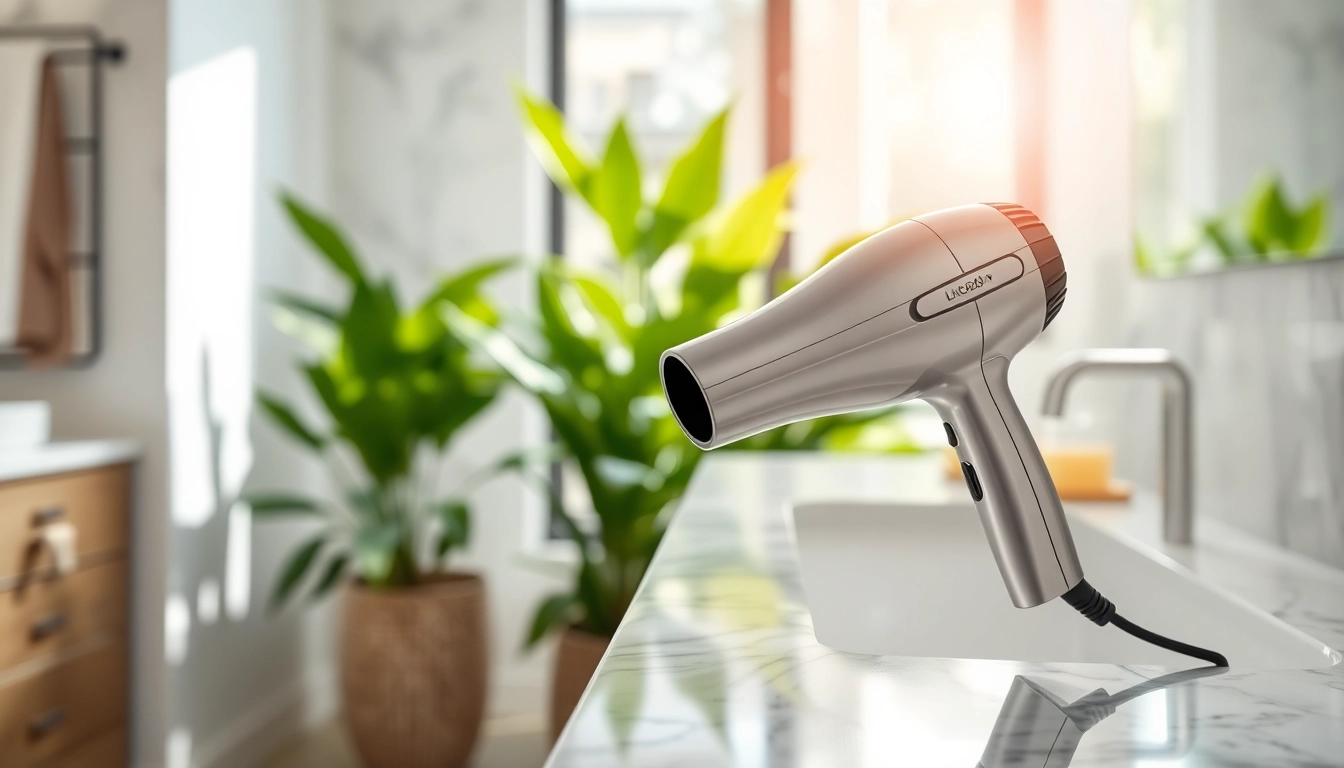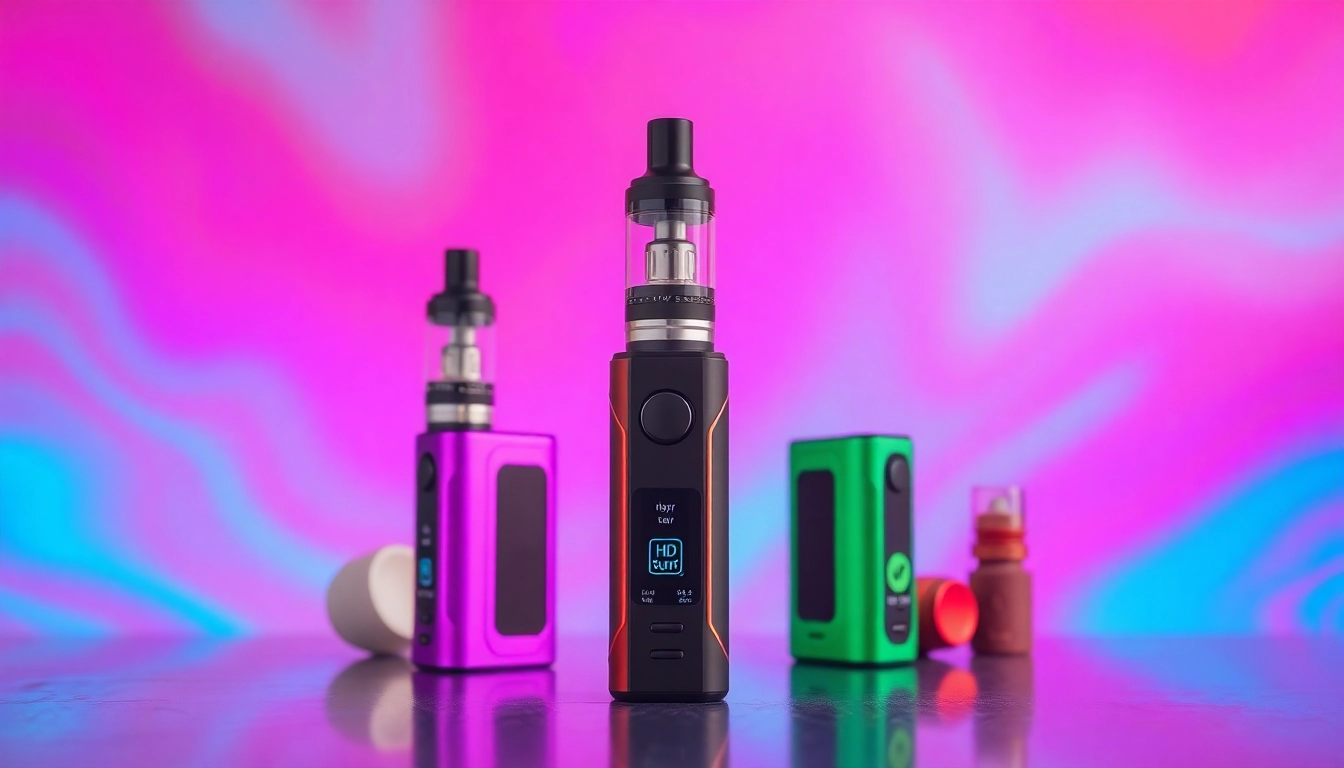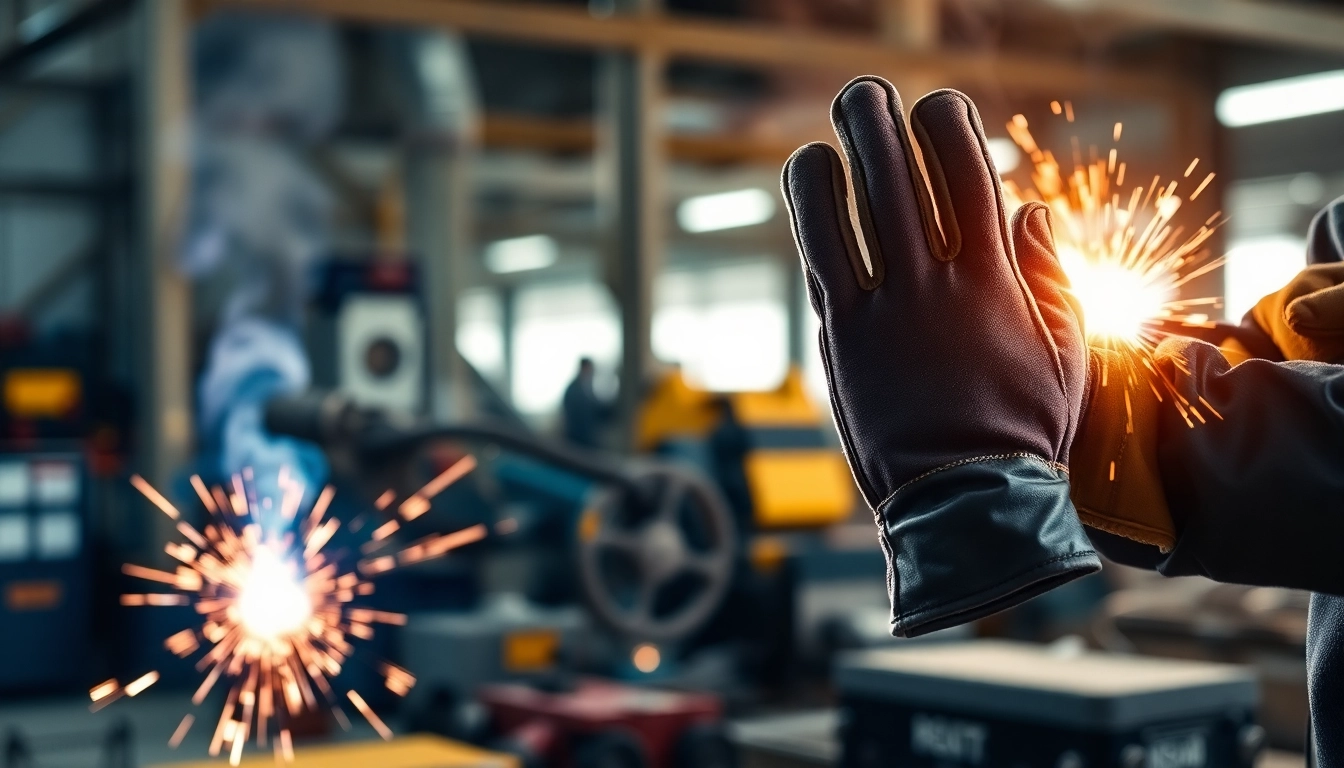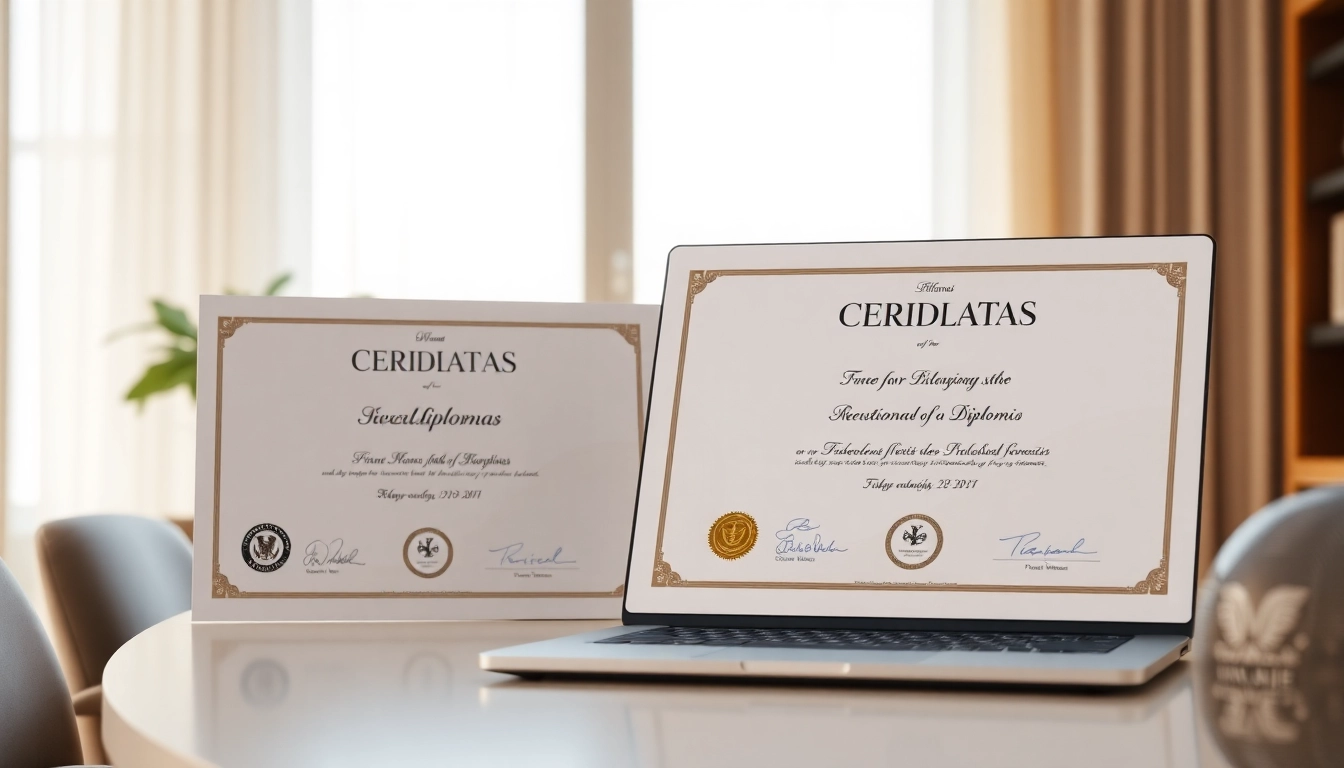Understanding Hair Dryer Features
The Hair Dryer is a staple in modern hair care and styling. To make an informed decision when purchasing one, understanding various features and specifications is crucial. This section delves into the types of hair dryers available, key specifications to consider, and the technologies that influence their performance.
Types of Hair Dryers
Hair dryers come in numerous styles and designs, each catering to specific hair types and drying needs. The primary types include:
- Conventional Hair Dryers: Basic devices that blow hot air, suitable for most hair types.
- Ionic Hair Dryers: Utilize ionic technology to reduce frizz and static, making them ideal for thick or curly hair.
- Tourmaline Hair Dryers: Emit negative ions and infrared heat to dry hair quickly while minimizing damage. Best for all hair types.
- Professional Hair Dryers: Designed for frequent use in salons, with advanced technology and often higher wattage for quicker drying.
- Travel Hair Dryers: Compact and lightweight for portability. They may feature dual voltage options for international travel.
Key Specifications to Consider
When selecting a Hair Dryer, key specifications include:
- Wattage: Higher wattage results in faster drying times. Look for at least 1800 watts for home use.
- Heat Settings: Multiple settings allow customization according to hair type and styling needs.
- Speed Settings: Adjustable speeds can help control airflow for different styling techniques.
- Weight: Lighter models are easier to handle, especially for extended styling sessions.
- Cord Length: A longer cord provides more flexibility during use.
Understanding Heat Settings and Technologies
Heat settings are essential for hair care, as excessive heat can lead to damage and dryness. Here’s a breakdown:
- Low Heat: Ideal for fine or damaged hair, preventing excessive drying.
- Medium Heat: Good for normal hair types, striking a balance between drying speed and protection.
- High Heat: Suitable for thick or coarse hair, enabling faster drying but requires caution to avoid damage.
Advanced technologies, such as ceramic and infrared heating, distribute heat evenly, providing efficient drying while remaining gentle on hair.
Choosing the Right Hair Dryer for Your Hair Type
Selecting the appropriate Hair Dryer hinges on understanding your hair’s unique characteristics. Different hair types require specific features for optimal results.
Fine and Thin Hair Considerations
For fine and thin hair, using a hair dryer that doesn’t excessively heat is crucial. A lightweight, lower-wattage model with a cool-shot feature helps set styles without causing damage. It’s advisable to utilize the lower heat settings to prevent breakage and maintain volume.
Thick and Curly Hair Guidelines
Thick and curly hair benefits from powerful hair dryers with ionic or tourmaline technology. These features help combat frizz and provide a smoother finish. Opting for a model with higher wattage and multiple heat settings allows you to achieve desired styles without compromising health.
Special Needs: Damaged or Color-Treated Hair
When dealing with damaged or color-treated hair, it’s vital to prioritize protection. Hair dryers with adjustable heat settings, attachments like diffusers, and a focus on maintaining moisture are essential. Techniques such as using the cool setting to finish styles can help protect hair integrity.
Tips for Safe and Effective Hair Drying
Best Practices for Using a Hair Dryer
To ensure optimal results, consider these practices:
- Keep Distance: Maintain a distance of 6-8 inches between the dryer and your hair to avoid scalp burns and damage.
- Sectioning Hair: Divide hair into sections for more controlled drying and styling.
- Use Heat Protectants: Apply a heat protectant product before drying to shield hair from damage.
Avoiding Common Mistakes
To extend the lifespan of your hair dryer and maintain healthy hair, avoid these common pitfalls:
- Overdrying: This can lead to dullness and brittleness. Monitor your hair’s moisture level.
- Pointing the Dryer Directly at Roots: This can scorch your scalp. Use diffusing attachments for a softer finish.
- Neglecting Maintenance: Regularly check and clean the filter to maintain efficiency and longevity.
Innovative Styling Techniques
Incorporate these advanced techniques for enhanced styling:
- Reverse Drying: Start by drying the ends first, then move towards the roots, helping to lift the hair for added volume.
- Using a Round Brush: Pair your dryer with a round brush for creating curls or waves as you dry.
- Finishing with Cold Air: Utilize the cold setting to set styles and add shine without adding heat.
Maintenance and Care for Your Hair Dryer
How to Clean Your Hair Dryer
Cleaning your hair dryer regularly prevents lint and hair buildup, which can hinder performance:
- Detach Filters: Most hair dryers have removable filters. Take these off and clean them gently with a soft brush or cloth.
- Regular Wipe-Downs: Use a damp cloth to wipe down the exterior and avoid dust accumulation.
- Inspect Cords: Regularly check for any signs of fraying or damage to ensure electrical safety.
Proper Storage Tips
How you store your hair dryer can impact its longevity:
- Use a Dedicated Drawer or Basket: Keep the dryer in a designated storage area, away from moisture and direct sunlight.
- Never Wrap Cords Tightly: Avoid bending the power cord tightly, as it can cause breakage.
- Consider a Protection Case: For travel, use a protective case to safeguard against scratches and impacts.
When to Replace Your Hair Dryer
No hair dryer lasts forever. Consider replacing yours when:
- Inconsistent Performance: If your dryer takes longer to achieve the same results, it may be time to invest in a new model.
- Damage Signs: Look for frayed cords, loose parts, or any unusual noises or smells.
- Overheating: If the dryer frequently overheats, it is best replaced to avoid any fire hazards.
Popular Hair Dryer Brands and Models
While brands can vary significantly, knowing what features to look for can guide your choice. This section highlights essential brand considerations, various models, and consumer recommendations that have stood the test of time.
What to Look for in a Brand
Choosing a reputable brand often means better quality and support. Here are factors to consider:
- Warranty and Customer Support: Brands offering solid warranty options often reflect confidence in their products.
- Innovation: Look for brands that integrate new technologies, improving efficiency and hair health.
- Consumer Feedback: Research reviews and consumer experiences to gauge reliability and satisfaction.
Top-Rated Models Overview
Consider these features and ratings when evaluating various models:
- Heat Control: Models with precise temperature controls receive high marks for versatility.
- Airflow Efficiency: Look for models noted for a strong yet gentle airflow, ensuring swift drying without damage.
- Lightweight Design: Ergonomic designs with reduced weight contribute significantly to comfort, especially for prolonged use.
Consumer Reviews and Recommendations
Consumers often share valuable insights that can aid in your decision-making. Pay attention to:
- Durability Feedback: Long-term reviews offer practical insight into durability and efficiency over time.
- Performance on Different Hair Types: Reading experiences from users with similar hair types allows for better predictions of performance.
- Service Experiences: Reviews discussing customer service experiences can indicate brand reliability.



